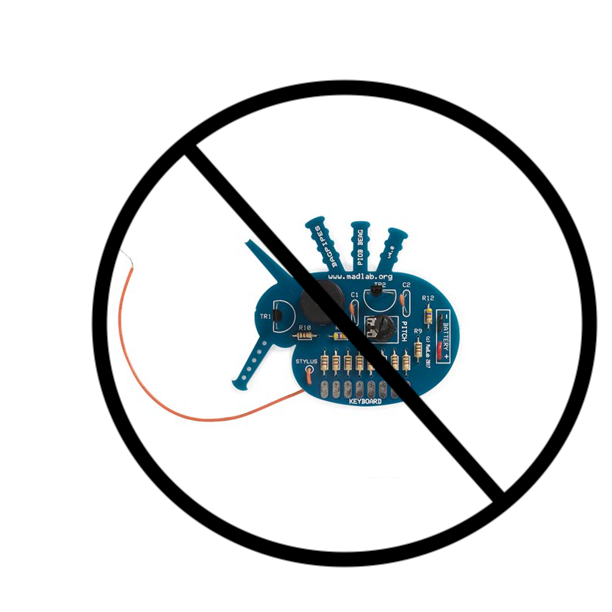
Is an electronic bagpipe good? (Why you shouldn’t use an electronic bagpipe chanter.)
In my last article I discussed the marvels of the Blair digital chanter and some of the pros of using an electronic bagpipe. However in this article we discuss, in general, some of the cons of using an electronic bagpipe for practice.
One of the first times I realized that an electronic bagpipe chanter was NOT good for a learner was when I was introduced to someone who was on and off with beginning the bagpipes. In fact he had the electronic chanter with him and showed me it. Although it was convenient for him to carry, the problem with him using it to learn (and for nearly almost all beginners) is that you really need to incorporate blowing into learning how to play bagpipes. After all, blowing the bagpipe is what makes the bagpipe unique as an instrument. It is the very first thing you need to do to activate it and produce a sound. And one of the things that makes playing a bagpipe so difficult is that there are many skills that must be performed synchronously-on top of blowing. Therefore, blowing must become second nature. That being said, I think bypassing this critical skill is not the way to go about learning as a beginner, and thus the electronic chanter inhibits one to properly learn. It also has the added con of spending money (because electronic chanters are not cheap) to “fix” a problem that can only be solved by addressing the problem head on. And spending money to fix a problem is something that I have seen many musicians be guilty of.
On the other hand, if you are a more seasoned player (no pun intended), there is no substitute to playing the bagpipes. Between having to handle the extra pressure of blowing up the bagpipes, getting used to the difference in the positioning of the chanter, developing stamina, these are the sort of benefits you’ll ONLY receive only by playing on the bagpipe.
Now that it’s offseason (November) I haven’t been on the pipes as much as peak season. Therefore currently I am getting tired faster because my stamina has decreased and I’m not playing the pipes as well as on my electronic bagpipes. The colder and drier atmosphere also means that it is more difficult to tune the bagpipes, so the problem only compounds by not playing as much. Finally, the electronic sensors of an electronic chanter will NEVER match exactly “the feel” of playing a bagpipe chanter, which is produced by your fingers producing changes in air pressure. This is notoriously revealed in the execution of a birl movement, which often isn’t accuarately represented in an electronic bagpipe chanter. The process has a different “feel”; and developing that subtle, internal feel and sensation is the key to getting better as a musician and bagpiper. In short, there is no substitute for playing on the bagpipe. I’ve been guilty of making excuses to playing on a practice/electric chanter because it doesn’t require the physical rigor of playing on bagpipes, which is why I have to admire such challenges as the 100 day bagpipe challenge.
Whether it is the beginner who is trying to bypass developing the skill of blowing into a practice chanter, or even myself with doing regular practice on the bagpipes, nobody practices perfectly all the time, so it’s OK not to be TOO hard on oneself. All movements occur in waves of highs and lows. However those who have the best routines get the best results. And this is something to be aware of as the time in our day is limited anyway. So let this be a call to put down the electronic chanter!
Happy piping.
Published: November 27th, 2021
Have any questions? Shoot me an email.